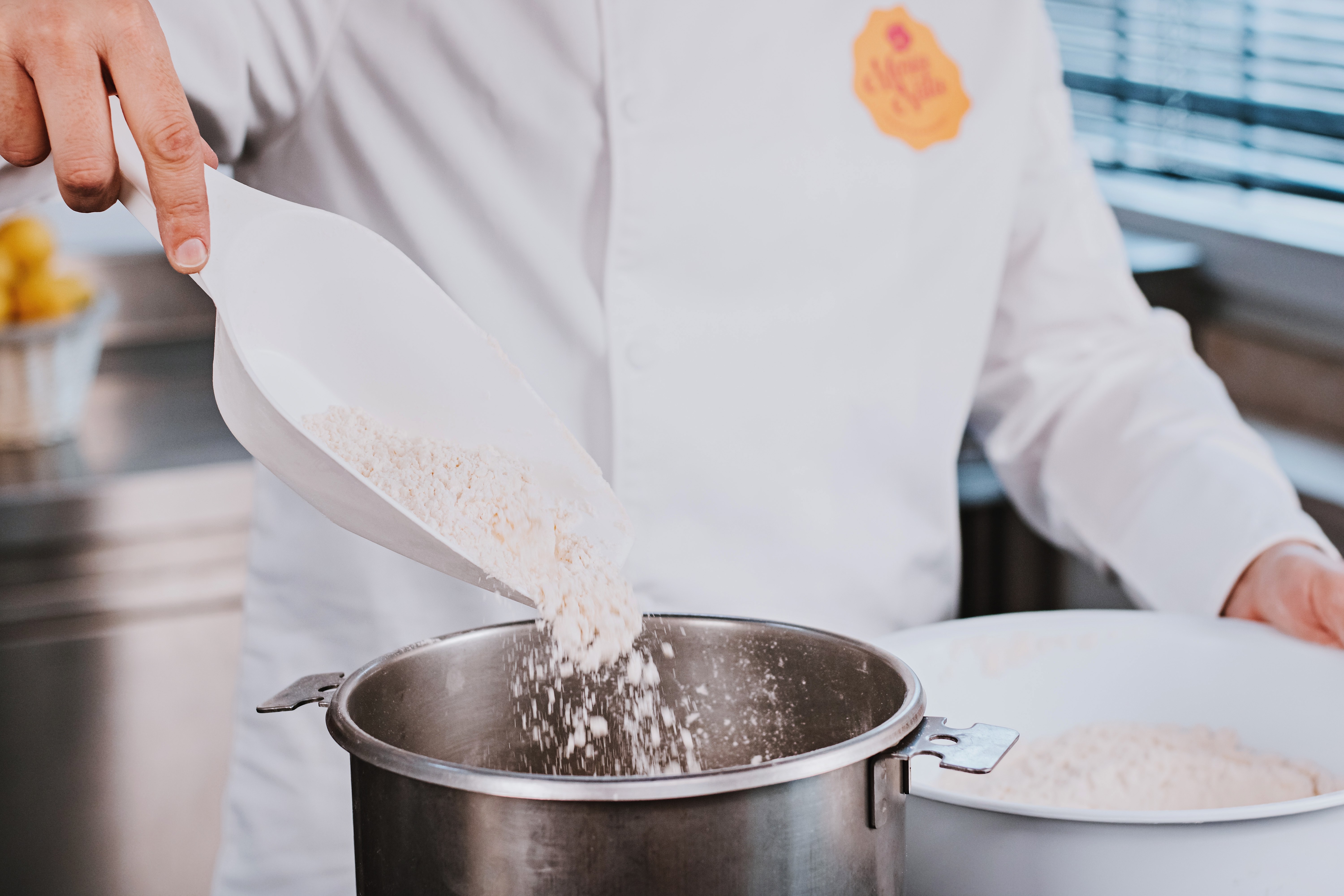Pastry and Action!
In the Oscar-winning film "Poor Things,” Bella's innocent and impulsive nature shines through her experience with Pastel de Nata. These delicious Portuguese custard tarts captivate her completely. Unlike the social norms of the time, Bella dives into them with childlike glee, indulging in far too many for her own good. This moment perfectly portrays the wide-eyed exploration of the world by Emma Stone’s character, a stark contrast to the complex circumstances surrounding her.
The scene becomes a metaphor for Bella's journey. The Pastel de Nata, with its flaky crust and creamy centre, represents the simple pleasures she encounters for the first time. She can't resist their sweetness, much like she can't resist the new experiences life throws her way. However, her overindulgence foreshadows the potential dangers of her naivety in a world not as sweet as the custard tarts.
The superb appearance of our beloved pastry is only an example of how baked goods have been under the spotlight in the big screen for decades. From adding layers of symbolism, cultural significance to serving as a mouth-watering visual treat for the audience, pastries often play memorable roles in cinematic storytelling and aesthetics, blurring the lines between fiction and reality.
In Sophia Coppola’s “Marie Antoinette”, for example, the costume designer Milena Canonero said she developed the costumes inspired by a pastel-coloured macarons from the Parisian patisserie Ladurée. The little delicate French pastry also features in scenes of indulgence where the main character, played by Kirsten Dunst, feasts on creamy cakes and champagne as she tries on new dresses and jewels. The lavish period costumes, opulent settings, and sumptuous desserts serve as symbols of the extravagance and decadence of the French aristocracy during the 18th century - even though historically, it is thought the ill-fated queen of France never actually had macarons.
Another memorable scene is the one featuring apple strudel in "Inglourious Basterds" (2009). During lunch with Shosanna, SS Colonel Hans Landa, nicknamed the “Jew Hunter", orders strudel for pudding. He also requests whipped cream and a glass of milk for his guest, which could be a subtle insinuation he knew she was the surviving little girl from a family slaughtered by the Nazis on a French farm at the beginning of the film. The cream, added to the cake, is a shrewd trigger to see if it evokes a reaction from her by stirring up uncomfortable memories associated with the night of the massacre. The tension in the scene builds as Landa savours the German pastry, creating a sense of unease juxtaposed with the seemingly mundane act of eating dessert.
There’s also the famous line "Leave the gun, take the cannoli” in the classic “The Godfather. The reference to the traditional Sicilian pastry highlights the way the Corleone family operated – ruthlessness intertwined with a semblance of routine. Or the more uplifting scene of Meryl Streep making croissants with Steve Martin in "It's Complicated", with moments of romance and silliness. These are some samples that showcase how pastries have been used as symbolic elements, plot devices, or representations of characters' personalities and circumstances, adding depth and humour to the narratives of these films.





